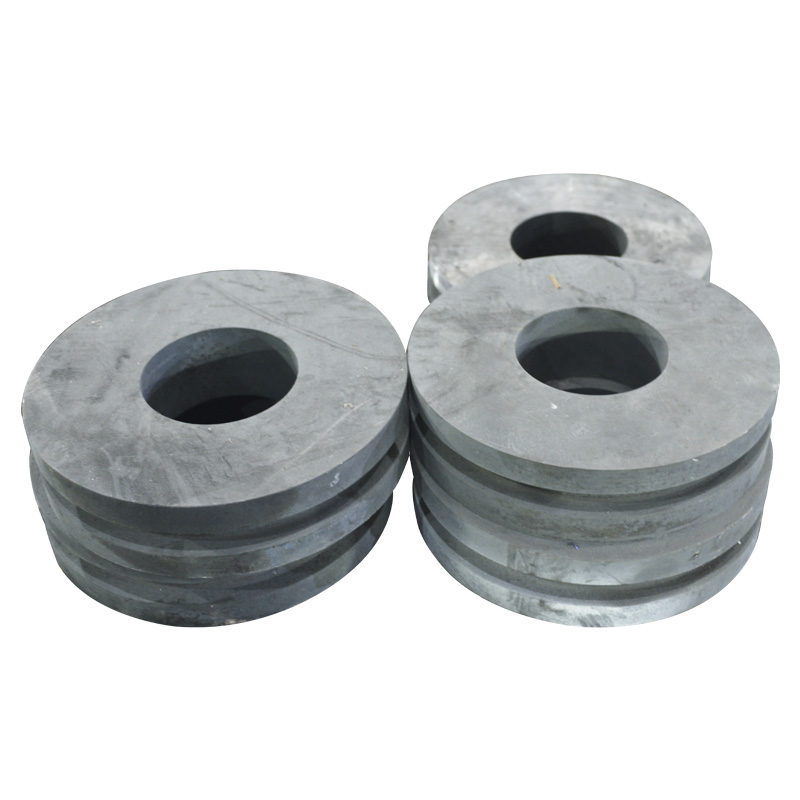The defect analysis of the open die forging(2)
2022-01-13
(1) Oxidation of the open die forging
The phenomenon(open die forging) that the metal blank reacts of the open die forging with the oxidizing gas in the furnace during heating to form oxide is called oxidation. The generation of oxide scale not only causes the burning loss of metal, but also reduces the surface quality and dimensional accuracy of forgings. When the oxide scale is pressed into the forging deeper than the machining allowance, the forging can be scrapped.
(2) Decarburization of the open die forging
Decarburization occurs when the carbon on the surface of the metal blank reacts with oxygen and other media during heating, resulting in the reduction of carbon on the surface. Decarburization will reduce the surface hardness and wear resistance. If the thickness of decarburization layer is less than the machining allowance, it will not cause harm to forgings; Otherwise, it will affect the quality of forgings. Decarburization can be slowed down by rapid heating, coating protective coating on the surface of blank, and heating in neutral medium or reducing medium.
(3) Overheat of the open die forging
The phenomenon of coarse grain of metal blank caused by too high heating temperature or too long holding time at high temperature is called overheating. Overheating will reduce the plasticity of the blank and the mechanical properties of the forging. Therefore, the heating temperature should be strictly controlled and the holding time in the high-temperature stage should be shortened as far as possible to prevent overheating.

The phenomenon(open die forging) that the metal blank reacts of the open die forging with the oxidizing gas in the furnace during heating to form oxide is called oxidation. The generation of oxide scale not only causes the burning loss of metal, but also reduces the surface quality and dimensional accuracy of forgings. When the oxide scale is pressed into the forging deeper than the machining allowance, the forging can be scrapped.
(2) Decarburization of the open die forging
Decarburization occurs when the carbon on the surface of the metal blank reacts with oxygen and other media during heating, resulting in the reduction of carbon on the surface. Decarburization will reduce the surface hardness and wear resistance. If the thickness of decarburization layer is less than the machining allowance, it will not cause harm to forgings; Otherwise, it will affect the quality of forgings. Decarburization can be slowed down by rapid heating, coating protective coating on the surface of blank, and heating in neutral medium or reducing medium.
(3) Overheat of the open die forging
The phenomenon of coarse grain of metal blank caused by too high heating temperature or too long holding time at high temperature is called overheating. Overheating will reduce the plasticity of the blank and the mechanical properties of the forging. Therefore, the heating temperature should be strictly controlled and the holding time in the high-temperature stage should be shortened as far as possible to prevent overheating.

X
We use cookies to offer you a better browsing experience, analyze site traffic and personalize content. By using this site, you agree to our use of cookies.
Privacy Policy



